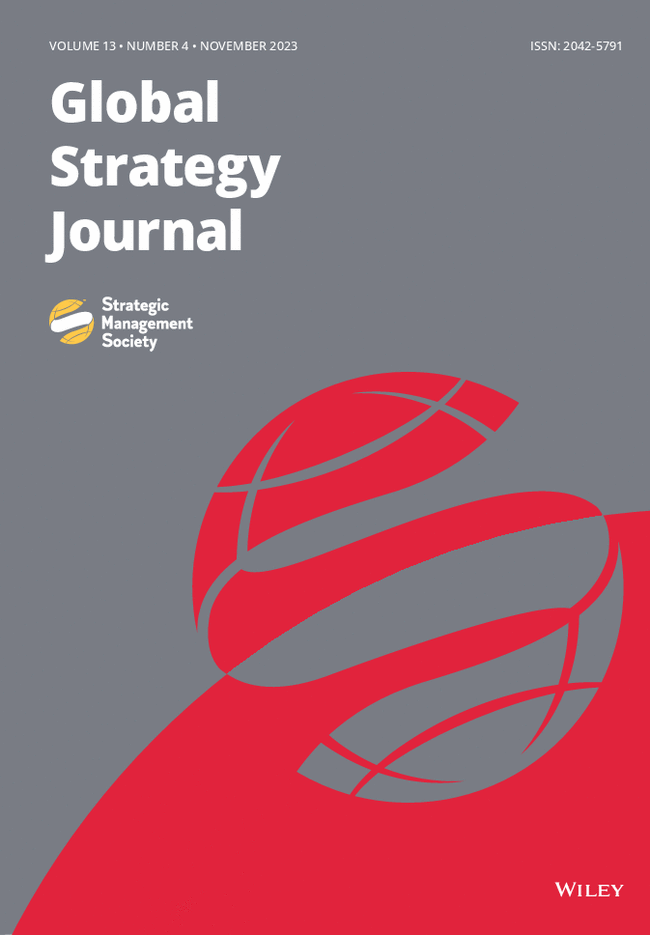Challenges related to the complexity of overlapping multiple partner headquarters configurations, the resulting power and political tensions between headquarters, and the consequent effects of multiple interventions in subsidiary value-creating activities remain an understudied phenomenon. We present a rich case study of how complex overlapping headquarters configurations develop. Then, we present the processes underlying power and political tensions that lead to parenting disadvantages between partner headquarters. We find that multiple and simultaneous headquarters interventions place the subsidiary between a rock and a hard place, as it becomes subject to conflicting headquarters voices. We contribute to the literature on parenting in multinational enterprises through an increased understanding of overlapping headquarters configurations and the power and political tensions between headquarters configurations that stimulate interventions in subsidiary R&D mandates.
Multinational enterprises are exposed to a plethora of complex challenges. To meet these challenges, the organizational structure often becomes complex. We focus on the causes and consequences of complex headquarters structures, that is, operating with multiple partner headquarters, within multinational enterprises in relation to the allocation and reallocation of subsidiary R&D mandates. We observe that headquarters interventions are driven by expectations and assigned roles to manage the multinational enterprise. Being aware of what partner headquarters are doing, that is, possessing system knowledge, can prevent redundant involvement by and competition between headquarters. Our findings indicate that if headquarters' knowledge of the system is low, this may cause the emergence of conflicting headquarters voices and considerable frustration among subsidiary managers.


